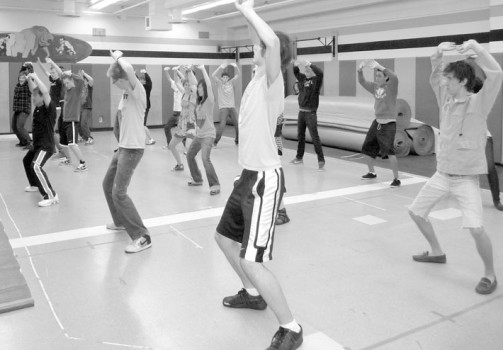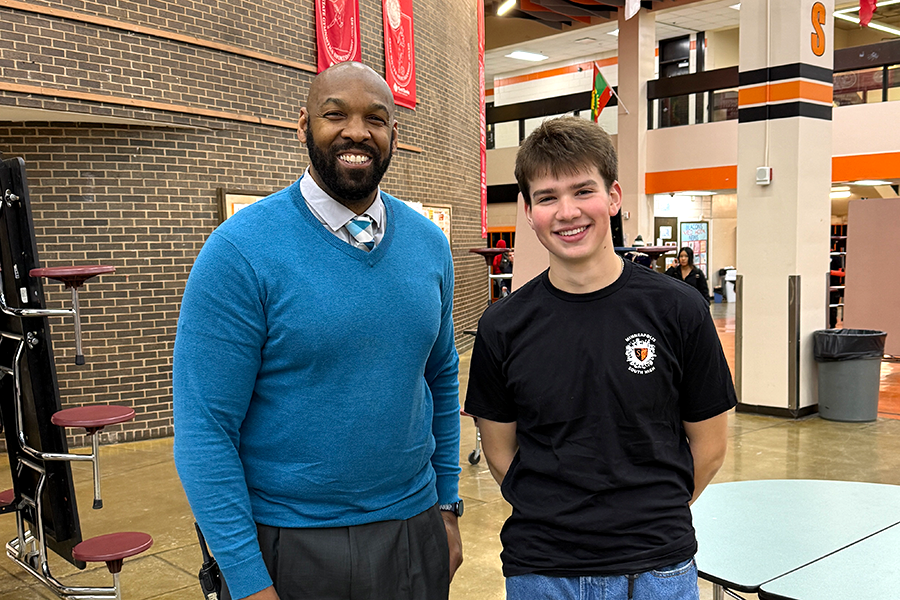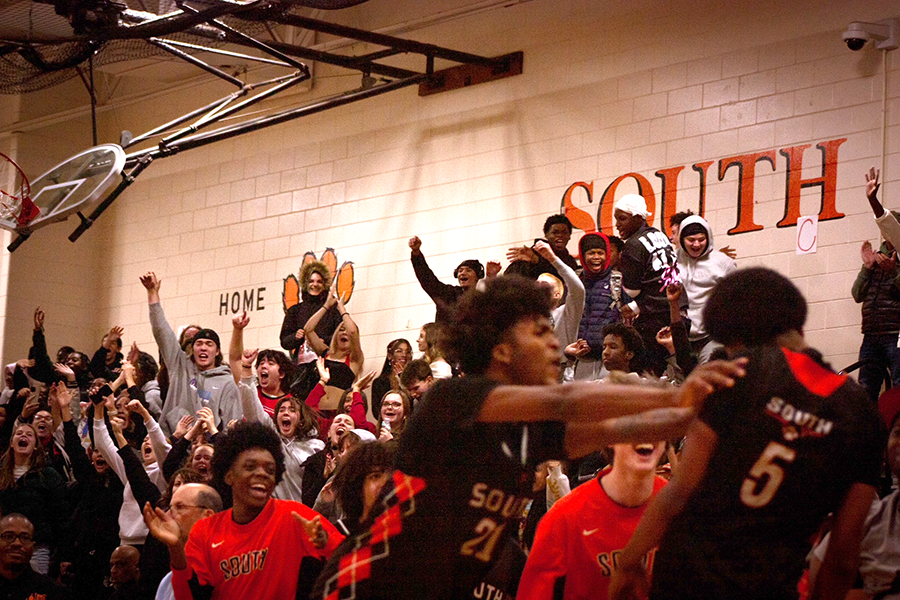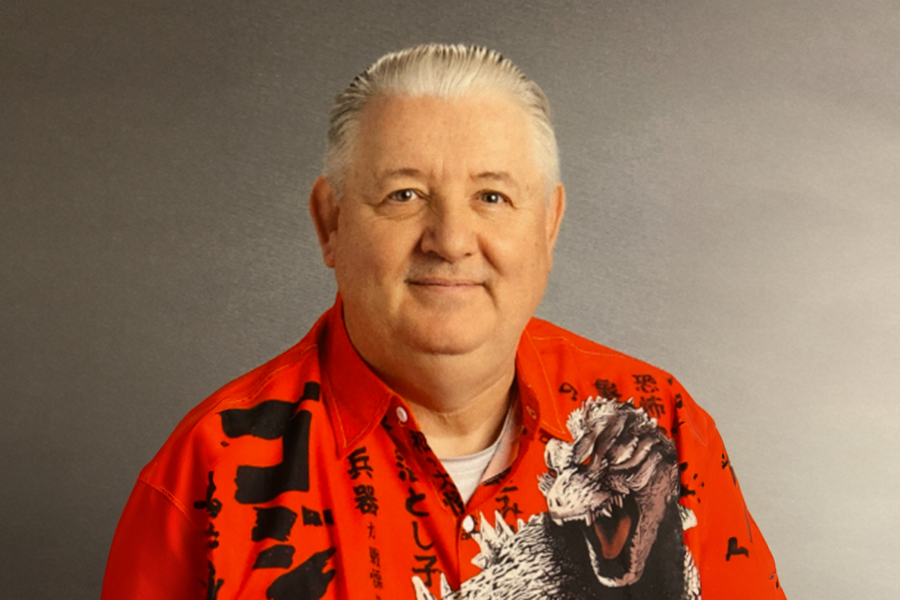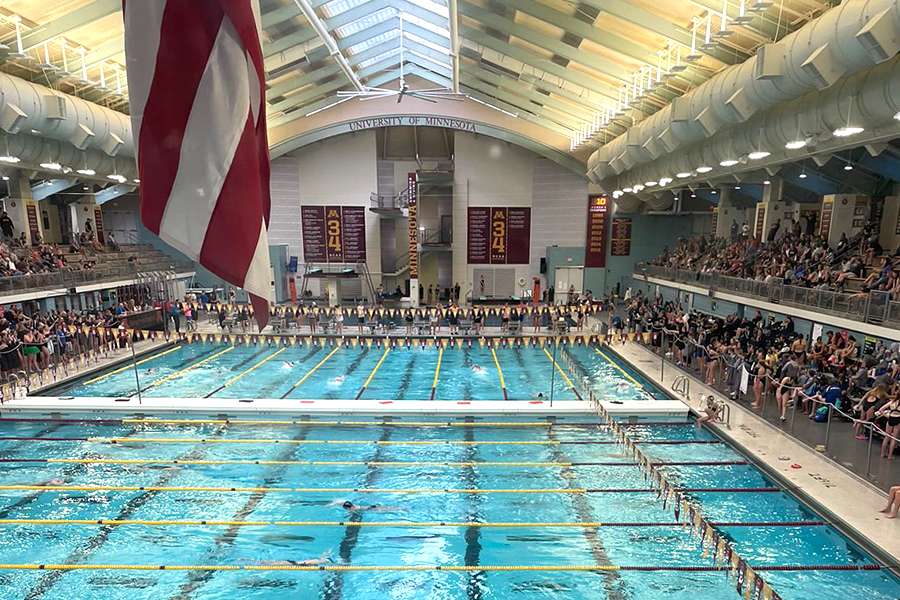Martial arts are about self defense and personal expression in their purest form. Often, they are usually portrayed in the media as an action used for violence or used as a source of comedy. There are many different types of martial arts. More often than not, martial arts represent peace, as opposed to violence.
South physics teacher John Rozeboom is one familiar with the peaceful side of martial arts. Rozeboom teaches Tia Chi at a non-profit martial arts studio at Ramsey Junior High in St. Paul. He described that the difference between peaceful and violent martial arts is somewhat related to the difference between internal and external martial arts.
According to Rozeboom, an internal Martial Art is one that is all about “yielding and getting out of the way.” Those considered internal martial arts focus on healing and finding energy from within, working with the mind and spiritual aspects the body. Generally speaking, older students tend to do internal martial arts. “Most of our students are in their late twenties to their fifties,” commented Rozeboom. “Usually, when external artists are hurt they come to us to heal.”
In contrast, an external martial art focuses more on defeating your opponent. In a sport such as Karate, the purpose of defeating your opponent can cause the sport to become more violent. Though there are specific differences, both external and internal arts have elements of the other in them. Some argue that you can not have one without the other.
“If you’re truly into martial arts its not about showing off to other people,” commented Rozeboom. “It involves a lot of self control and its about bettering yourself.” Rozeboom added that a good artist uses skills from internal and external martial arts when facing an opponent.
Dingman Yu, the Chinese language teacher at South, has dedicated his time to promoting the Chinese language and culture at South over the past few years. By applying for and receiving money through a partnership between the Confucius Institute in China, The University of Minnesota, and the Chinese government, Yu has been able to bring martial arts lessons and traditional Chinese music lessons to South.
Part of the money is spent to hire a professional martial artist that teaches the art to South students. The classes alternate between Kung Fu and Tai Chi each year. Last year, Rozeboom taught the Tai Chi class.
One participant in last year’s Tai Chi class, Senior James Lunning, commented that “[taking the class] helped me feel relaxed for the rest of the week.” The classes were held Mondays after school.

